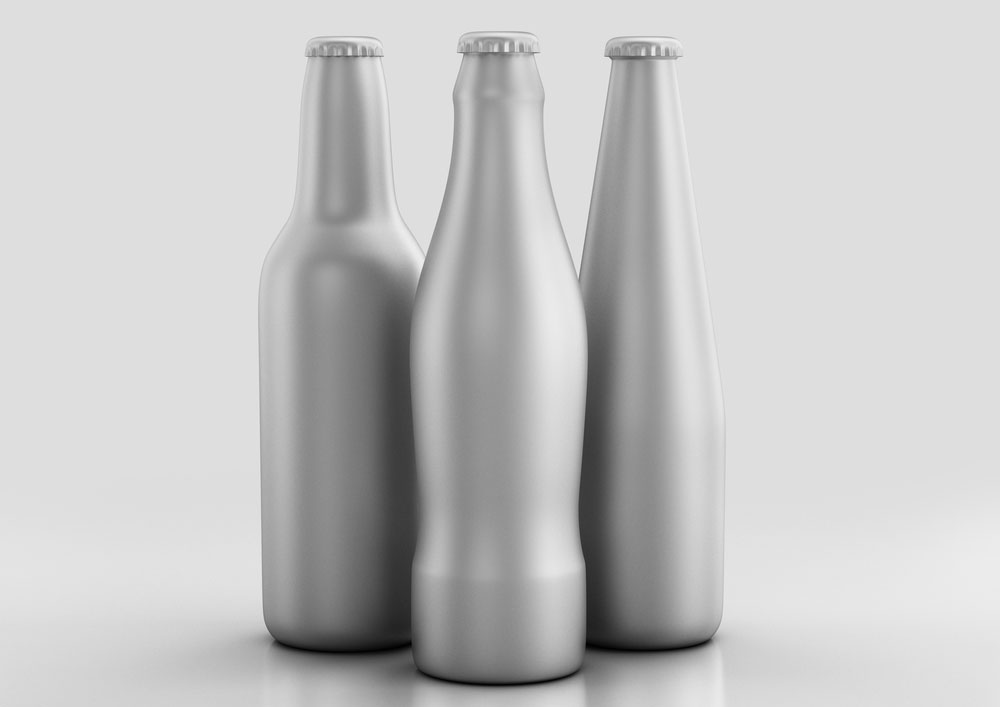Industry experts contend recycling carts will contain more and more aluminum bottles in the coming years.
Aluminum packaging is now taking many new shapes, with the aluminum bottle leading the way. Aluminum bottles have changed the market quickly.
For example, Anheuser-Busch just started up a $160 million aluminum bottle line at its can-making operation in Arnold, Mo. This doubles the plant’s capacity to make 16-ounce aluminum bottles, bringing it up to 1 billion bottles per year. Another of the firm’s seven can-making facilities, in Jacksonville, Fla., will be expanded by early next year to make more aluminum bottles, at the cost of $170 million.
In a similar manner, Coca-Cola has announced it is tripling its use of aluminum bottles. Ruiz predicts the U.S. aluminum bottle market will reach 4 billion containers in 2019.

A key reason for the bottle market’s growth is its gas barrier property, which puts the container on par with glass bottles in terms of keeping the beverage fresh and without a loss of carbonation. In comparison to glass, aluminum bottles are not as heavy, thus resulting in sizable cost savings in shipping beverages.
A new trend in aluminum bottles is the move by can-makers away from impact extrusion manufacturing to using draw-and-iron (D&I) processes. Thus, the aluminum bottle requires far less metal. For example, a 16-ounce impact extrusion bottle weighs about 50 grams, but a D&I container is just 31 grams. This new manufacturing method is seen as a strong reason the aluminum bottle should see strong growth.






















